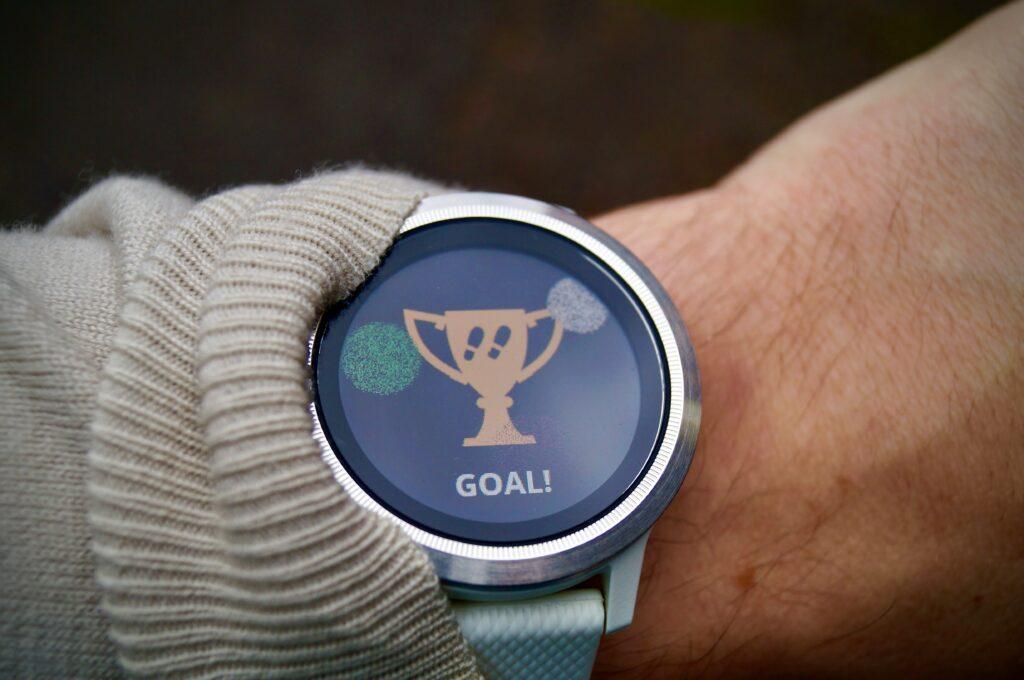When Wearable Tech Helps — And When It Hurts

Photo from Unsplash
From Apple Watches to Oura Rings, wearable health devices claim to optimize everything from fitness to sleep. But while they offer valuable insights, research from UNC’s School of Medicine suggests that for some users, constant monitoring of our health with wearable technology can backfire, leading to stress, anxiety, and even compulsive behaviors.
“The technology itself is neutral,” psychologist Joanna Hardis said. “But for people prone to perfectionism, health anxiety, or OCD, the ability to track every metric can be overwhelming. Instead of helping them feel in control, it can fuel a cycle of hypervigilance and stress.”
So, how do you strike the right balance? Understanding when wearable tech is helpful — and when it starts to hurt — is key to using these tools wisely.

The Benefits Of Wearable Tech
According to a study from Harvard Health Publishing, a person’s motivation to exercise can be increased by wearable devices in the right use cases, encouraging healthier habits. Thanks to real-time data on movement, heart rate, and other data points, wearable technology can help users make informed decisions about their well-being.
These personalized insights empower women to take control of their fitness journey, said Rita Trotter, a health and fitness expert, leading to a profound impact on women’s health.
Add in reminders to track progress for everything from taking medicine to moving hourly, and it’s easy to see the benefits offered by the technology. Additionally, some wearables potentially offer critical medical alerts, such as detecting irregular heart rhythms or early signs of health issues.
Finally, the integration of wearables and fitness apps not only provides valuable data but also fosters motivation and accountability through gamification and community support, says Rita. Users can engage in challenges, see themselves on leaderboards, or participate in communities to help find accountability and inspiration from like-minded people around the globe.
When Wearable Tech Becomes A Problem
While wearable tech offers significant benefits, experts warn of potential psychological downsides. Constant tracking of metrics like heart rate, sleep, and calorie burn can lead to stress and hypervigilance.
“If I have a client who is overly anxious regarding their health, they may become more anxious when wearing a device that monitors their heart rate, sleep, etc. as they will hyper focus on any data coming through their device,” says Dr. Leslie Glenn Evans.
Fixating on biometric data can increase health anxiety and disrupt intuitive health habits. This focus can push users to meet arbitrary metrics, even when rest or recovery would be more beneficial, instead of listening to their bodies. An excessive amount of monitoring also impacts the nervous system, reinforcing stress-related neural pathways.
“Compulsive checking and monitoring present quality-of-life issues, but when we engage in this behavior, we’re also training the brain to be anxious and worried—creating a loop of hypervigilance,” Joanna said.
This mindset doesn’t do anyone any favors.
How To Build A Healthier Relationship With Wearable Tech
To develop a healthy relationship with wearable tech, experts recommend using it as a tool for motivation rather than a source of validation. Setting intentional goals — such as training for a race or improving fitness levels — ensures that tracking remains purposeful rather than compulsive.
“You want your behaviors to align with your values,” Joanna said. “If you’re using tech to seek certainty or reassurance, that’s often a fear-based decision rather than a productive one.”
To avoid obsessive monitoring, experts suggest setting designated times to review data rather than constantly checking real-time metrics. Practicing mindfulness can also help; when the urge to check arises, redirecting attention to the present moment — such as noticing sights, sounds, and sensations — can keep users grounded. Finally, it’s important to recognize when tracking is doing more harm than good. If wearable tech increases stress rather than enhancing well-being, taking a break or adjusting usage can help restore a healthier balance.
“Take your wearable device off at least an hour before bedtime to give the brain and nervous system time to wind down in preparation for sleep,” Leslie said. “Or consider leaving your device off on the weekends and see if you notice a difference in your anxiety levels.”
Wearable tech can be a powerful tool, but it shouldn’t become another source of stress. While the insights these devices provide can be incredibly valuable, too much focus on the data can quickly shift from helpful self-awareness to unnecessary pressure. The key to finding a healthy balance is to think of wearables as a guide rather than a rigid rulebook and ensure they genuinely support your mental and physical well-being.







